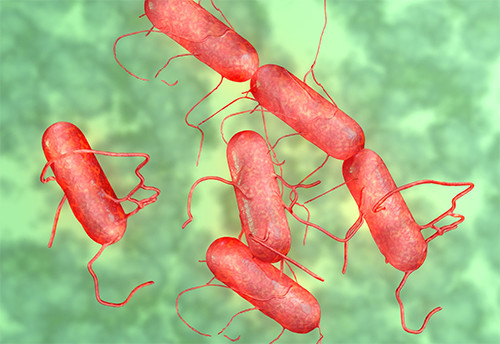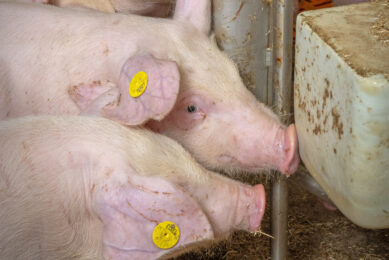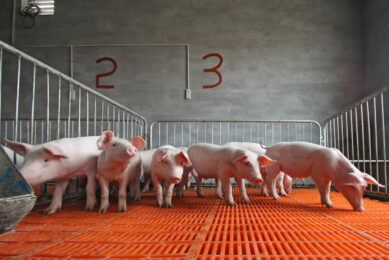Emerging Salmonella serotype found in US pigs

There are indications that there is a parallel in the occurrence of finding a certain Salmonella serotype in humans and in swine, US scientists have found.
In an article on the website of US agricultural publication National Hog Farmer, researchers of the University of Minnesota discussed the frequency of isolation of the Salmonella 4,[5],12:i:- serotype. This is a variant of Salmonella enterica, serotype Typhimurium that lacks the second phase flagellar antigen.

Find all there is to know about pig health using Pig Progress’ unique Pig Health Tool
In the US, the researchers wrote, this particular type went from hardly being reported to the 4th-most common serotype among human cases in 2013. Swine is one of the potential reservoirs of so-called ‘non-typhoidal Salmonella’ (NTS), they added.
Investigating pig samples
The researchers reported about a laboratory study, using about 2,500 NTS isolates of porcine origin, to assess the serotype and antimicrobial resistance distribution, and that the study confirmed that swine can be infected with many different Salmonella serotypes. Serotypes Typhimurium, Derby, Agona and the emerging serotype accounted for 50% of the isolates investigated, they wrote.
The researchers added: “We found that while the proportion of S. Typhimurium and S. Derby isolates decreased throughout the study period, the prevalence of S. Agona and S. 4,[5],12:i:- increased. Interestingly, those increasing serotypes showed an increased proportion of isolates resistant to ceftiofur and enrofloxacin, compared with other serotypes. An increase in the proportion of multidrug resistant S. 4,[5],12:i:- has been also noted in isolates of human origin.”
Parallel with swine?
The scientists concluded that the results indicate that the increase in the frequency of isolation of the emerging serotype in humans may be paralleled by a similar increase in swine clinical samples.
The
research article
in National Hog Farmer was written by Ehud Elnekave, Samuel Hong, Peter Davies and Julio Alvarez, University of Minnesota College of Veterinary Medicine Department of Veterinary Population Medicine; and Albert Rovira, University of Minnesota College of Veterinary Medicine Veterinary Diagnostic Laboratory.











